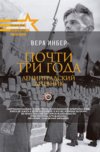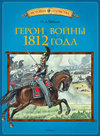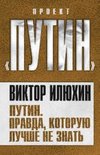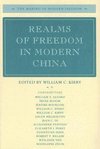
-
 Anglický jazyk
Anglický jazyk
British coats of arms
Autor: Source: Wikipedia
Source: Wikipedia. Pages: 37. Chapters: Royal Labels of the United Kingdom, Royal Arms of England, Royal coat of arms of the United Kingdom, Royal coat of arms of Scotland, Royal Badge of Wales, Coat of arms of the Isle of Man, Coat of arms of Colchester,... Viac o knihe
Na objednávku
14.49 €
bežná cena: 16.10 €
O knihe
Source: Wikipedia. Pages: 37. Chapters: Royal Labels of the United Kingdom, Royal Arms of England, Royal coat of arms of the United Kingdom, Royal coat of arms of Scotland, Royal Badge of Wales, Coat of arms of the Isle of Man, Coat of arms of Colchester, Coat of arms of Sunderland, Coat of arms of Sussex, Coat of arms of London County Council, Coat of arms of the Metropolitan Borough of Wigan, Coat of arms of Birmingham, Coat of arms of the BBC, Gallery of coats of arms of the United Kingdom and dependencies, Heraldry of Aberdeen, Stewarton coat of arms, Coat of arms of Poole, Coat of arms of Northern Ireland, Coat of arms of Bradford, Coat of arms of Leeds, Coat of arms of the Drapers Company, Coat of arms of Calderdale, Coat of arms of Orkney, Coat of arms of Kirklees, Coat of arms of West Yorkshire, Coat of arms of Huddersfield, Coat of arms of Wakefield, Coat of arms of the Isle of Wight, Coat of arms of Jersey, Coat of arms of Dewsbury, Coat of arms of Guernsey, Coat of arms of York. Excerpt: Heraldic labels are used to differentiate the personal coats of arms of members of the royal family of the United Kingdom from that of the monarch and from each other. In the Gallo-British heraldic tradition, cadency marks have been available to "difference" the arms of a son from those of his father, and the arms of brothers from each other, and traditionally this was often done when it was considered important for each man to have a distinctive individual coat of arms and/or to differentiate the arms of the head of a house from junior members of the family. This was especially important in the case of arms of sovereignty: to use the undifferenced arms of a kingdom is to assert a claim to the throne. Therefore, in the English royal family, cadency marks were used from the time of Henry III of England, typically a label or bordure alluding to the arms of the bearer's mother or wife. For the next three generations, the heir apparent differenced with a label azure, while other sons used a label or bordure of a different tincture, or bearing charges. After about 1340, when Edward III of England made a claim to the throne of France, a blue label did not contrast sufficiently with the blue field of the French quarter of the royal arms; accordingly most royal cadets used labels argent: that of the heir apparent was plain, and all others were charged. Bordures of various tinctures continued to be used into the 15th century. In the ordinary system of differences a label of three points (which has also been termed a label with three files) is the distinction of the eldest son during the lifetime of his father. In the oldest rolls of arms the labels are all of five points; but labels of three points were at an early period used interchangeably. Besides being used as mere temporary marks of cadency, labels are also employed as permanent distinctions, borne (like any other charge) by every member of some particular branches of certain families. Labels are the principal cadency
- Vydavateľstvo: Books LLC, Reference Series
- Rok vydania: 2015
- Formát: Paperback
- Rozmer: 246 x 189 mm
- Jazyk: Anglický jazyk
- ISBN: 9781157028079


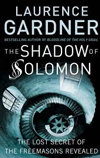


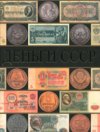
 Ruský jazyk
Ruský jazyk 

